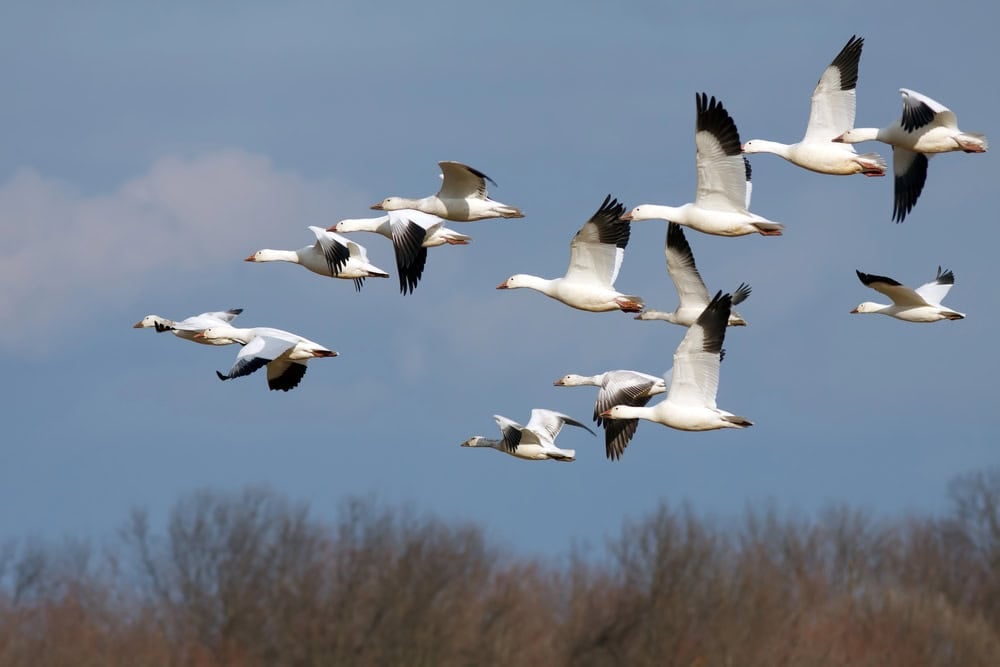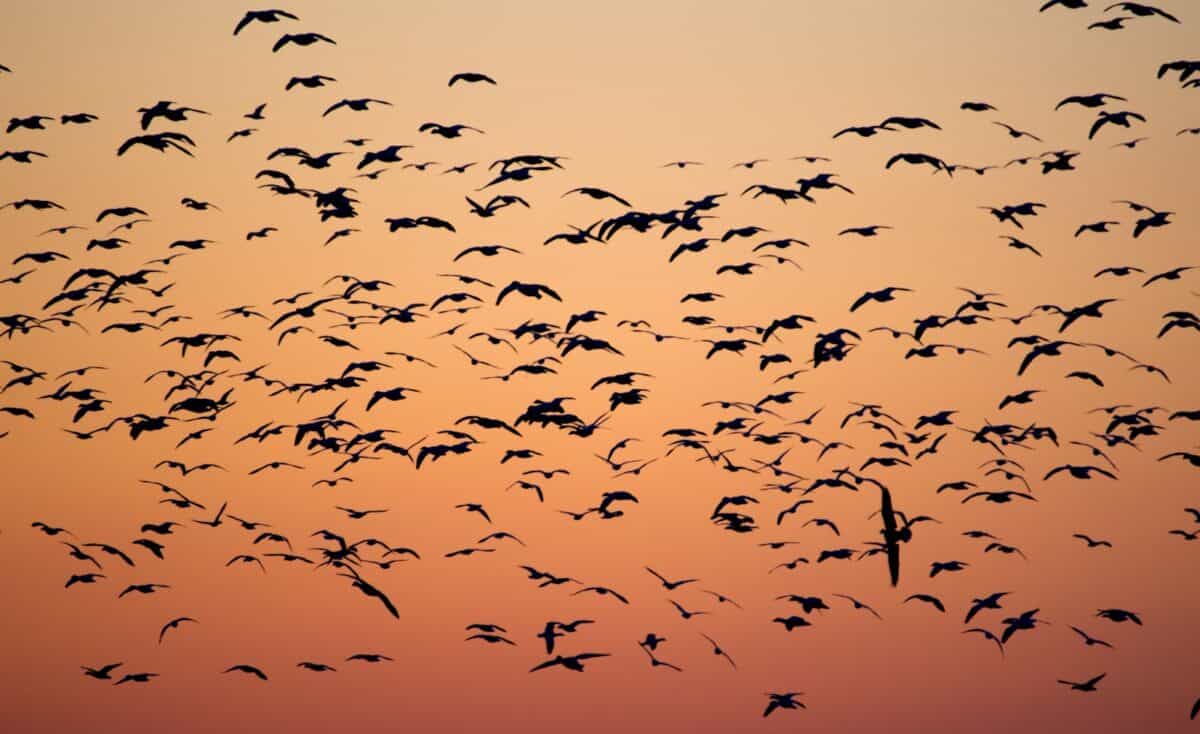Bird migration is one of nature’s most captivating spectacles, a vivid demonstration of life’s remarkable adaptability. Traditionally, many species of birds have migrated south during the colder months and returned north as spring emerges. However, recent observations indicate that birds are flying north sooner than ever before. This intriguing shift raises questions about the driving forces behind this change and its broader implications.
Understanding Bird Migration

Bird migration is the regular seasonal movement of birds, typically north and south along a flyway between breeding and wintering grounds. These migrations can cover thousands of miles and involve complex navigational strategies. Migration is primarily triggered by changes in day length, temperature, and food availability, signaling that the time has come to embark on their journey.
The Role of Climate Change

Climate change is a significant factor influencing the timing of bird migrations. Rising global temperatures have shifted the availability of resources such as food and suitable breeding habitats. As a result, birds often leave their wintering grounds earlier to take advantage of the early availability of these resources in their northern habitats.
Food Availability as a Spur

As temperatures rise earlier in the year, the availability of food sources like insects and plants begins sooner. Birds are highly responsive to these changes, altering their migration patterns to reach breeding grounds in time to exploit these early bursts of food. This adjustment ensures they have enough energy to raise their young successfully.
Navigating Changing Ecosystems

Birds must constantly adapt to changing environments along their migratory routes. As ecosystems shift due to climate change, birds may find themselves needing to alter their traditional paths and timing to coincide with new conditions. Such adjustments highlight their remarkable resilience and ability to survive in an ever-evolving world.
Evolutionary Adaptation

Over time, species that can adjust their migratory behavior in response to environmental changes may become more successful. Natural selection favors individuals that can anticipate and exploit new conditions, leading to shifts in migration patterns over generations. This evolutionary adaptation ensures survival amid changing climatic conditions.
Human Influences on Migration Patterns

Human activity has greatly impacted bird migration in various ways. Urbanization, deforestation, and agriculture can disrupt traditional flight paths and breeding grounds. In some cases, birds may leave their wintering grounds earlier to bypass urban areas or seek new habitats that can better support their journey.
Technology and Migration Monitoring

Advances in technology, such as satellite tracking and bird banding, provide researchers with invaluable insights into migration patterns. These tools allow scientists to monitor changes in timing and routes, helping to build a more detailed understanding of the factors influencing bird migration and respond to any emerging threats to their survival.
The Impact on Ecosystems

The early arrival of birds in northern ecosystems can have significant ripple effects. Birds play vital roles as pollinators, seed dispersers, and pest controllers. Their earlier presence can lead to changes in plant reproduction cycles and animal population dynamics, underlining the interconnectedness of all living things.
Conservation Efforts

Efforts to conserve birds and their habitats are critical, especially in light of changing migration patterns. Conservationists are working to protect essential breeding and stopover sites, create bird-friendly urban environments, and advocate for policies that mitigate the effects of climate change, all of which help support healthy bird populations.
What This Means for Bird Enthusiasts

For bird enthusiasts, this shift in migration patterns offers new opportunities for observation and study. Early northern migrations mean that there is a longer window each year to observe a broader array of species. This can inspire a deeper appreciation for avian diversity and foster greater interest in birding as a recreational activity.
The Future of Bird Migration

The future of bird migration is likely to be marked by continued adaptation to environmental changes. As long as climate change and human impact continue to be significant factors, bird species will need to innovate in their migration strategies to survive. This resilience is both admirable and essential for maintaining biodiversity.
Conclusion: A Call to Action

The phenomenon of birds flying north sooner than ever before is a potent reminder of nature’s inherent ability to adapt and survive. However, it also shines a light on the need for human intervention through thoughtful conservation strategies and climate change mitigation. By understanding and addressing the factors driving these changes, we can help ensure that future generations will continue to marvel at the wonders of bird migration.
- What Bears Eat Throughout the Year—and Why It Changes - July 1, 2025
- These Sea Creatures Can Survive Without a Brain - July 1, 2025
- 12 Facts About America’s Deadliest Snakes - July 1, 2025

